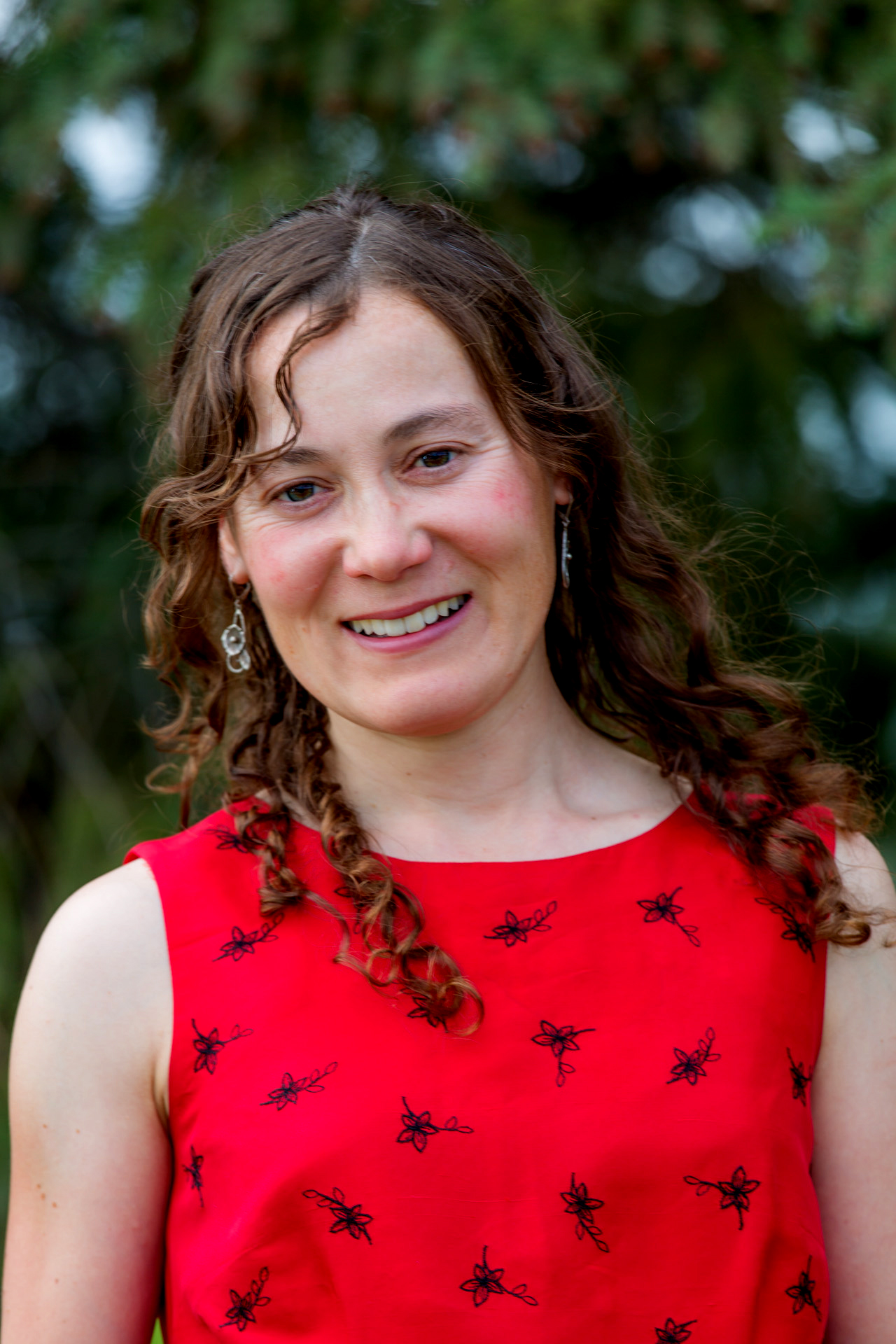Carbon emission change follows record rainy season
Jeff Richardson
907-474-6284
Dec. 17, 2021

Eugenie Euskirchen
ĚŔÄ·ĘÓƵ scientists are presenting their work at the American Geophysical Union’s fall meeting in New Orleans this week. This article is part of a series highlighting UAF research from the world’s largest Earth and space science meeting.
In 2014, the Fairbanks area experienced a summer of record-setting rain. That damp weather may have played a big role in a major shift in the ecosystem.
ĚŔÄ·ĘÓƵ researchers have spent the past decade monitoring three test plots in the Fairbanks area: a permafrost-laden black spruce forest, a bog where permafrost thawed about a century ago, and a fen with no surface permafrost that is likely connected to the nearby Tanana River through groundwater flow.
After the wet summer of 2014, something changed. The plots, which are set up to measure the amount of carbon dioxide and methane being released, began emitting more carbon dioxide than they absorbed. That pattern has continued each year since then as underlying soil temperatures have warmed and summer rains have remained above average.
“The carbon dioxide releases were so large that it actually changes in the long term from a carbon dioxide sink to an annual source of carbon dioxide emissions,” said Eugenie Euskirchen, a research associate professor at UAF’s Institute of Arctic Biology. “It’s not what we were expecting at all.”
It’s an illustration of how extreme weather events can have unexpected long-lasting impacts. That could have big implications for climate change models, which don’t have the ability to easily factor such outliers into their forecasts.
It’s an argument that shows the importance of such long-term measurements in a changing climate, Euskirchen said, and shows the uncertainties behind data used to calculate greenhouse gas emissions.


